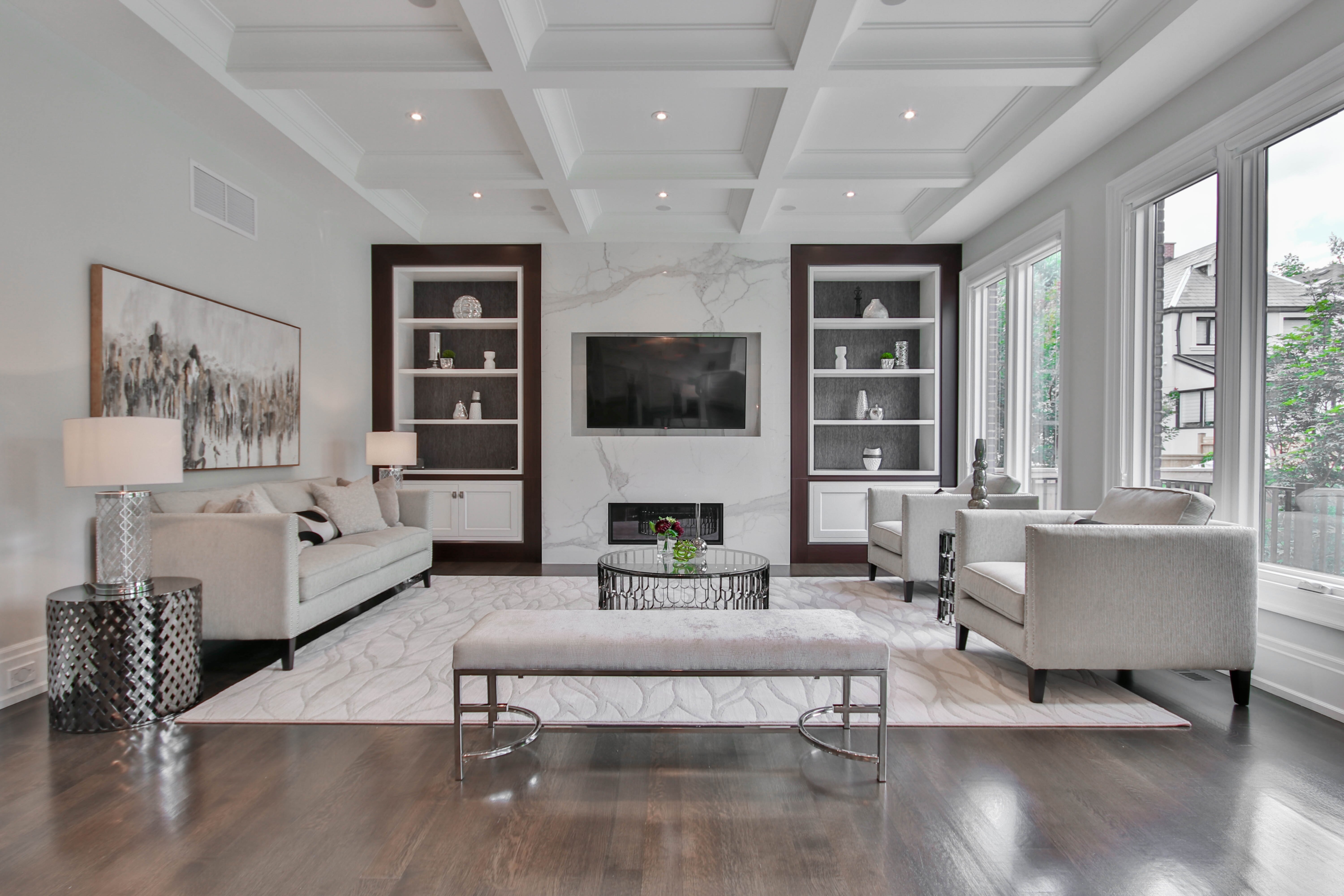How AI is Transforming Real Estate Listing Imagery

It's fascinating to watch how quickly the visual presentation of property is shifting. Just a few years ago, a good real estate photo meant staging every room perfectly, perhaps even hiring a professional photographer with a wide-angle lens. Now, the expectation bar has moved, not just sideways, but upward in a way that feels almost physics-defying for the average seller. I’ve been tracking the output from several commercial platforms, and the difference between what a standard smartphone camera captures today and what's presented online is becoming a chasm.
This isn't just about better filters; we are talking about synthetic reconstruction of reality based on minimal input. Think about it: a single, slightly blurry photo taken on a Tuesday afternoon, under harsh fluorescent lighting, can be transformed into a bright, airy, perfectly twilight-lit virtual tour shot. My initial hypothesis was that this was mostly superficial retouching, but digging into the underlying models suggests something far more structural is occurring in how these images are generated and presented to potential buyers. The question I keep returning to is whether this new visual standard is accurately representing the asset or simply creating a highly optimized digital façade.
When I examine the mechanics of this transformation, the core mechanism seems to involve sophisticated generative adversarial networks trained on millions of high-quality, professionally shot listings. If you feed the system a poorly lit photo of a kitchen, the model doesn't just brighten the shadows; it seems to infer the probable material textures—the reflectivity of the quartz countertop, the grain of the shaker cabinets—and redraws those elements based on its vast dataset of 'ideal' kitchens. This inference engine is surprisingly good at filling in missing spatial data, correcting skewed perspectives that often plague amateur photography, and even introducing desirable, yet absent, staging elements like a perfectly placed vase of hydrangeas. I’ve noticed that the generated lighting often adheres to a consistent, soft, northern exposure look, regardless of the actual time of day the original photo was snapped, suggesting a deliberate homogenization toward a perceived aesthetic preference. Furthermore, these systems are increasingly adept at handling large area renderings, meaning an initial series of interior shots can be used to construct highly plausible exterior views or even neighborhood context shots that were never captured on site. It's a form of digital cartography applied to aesthetics, building a complete visual narrative from fragmented data points.
Let’s pause for a moment and reflect on the implications for due diligence. If the visual data is substantially synthesized, the initial connection a buyer makes with a property becomes heavily mediated by an algorithm’s best guess of what that property *should* look like under ideal circumstances. I’ve observed instances where the generated image shows crown molding that simply doesn't exist in the original input photo, or where an enclosed patio has been digitally opened up to suggest a larger flow. This isn't simple touch-up; it’s material alteration of the perceived physical space before the buyer ever steps foot inside. The velocity at which these visual standards are being adopted means traditional photography is now playing catch-up, struggling to compete against computationally perfected representations. We need better metrics to quantify the fidelity gap between the generated image and the actual physical structure, because right now, the technology provides a compelling argument for viewing the listing image as aspirational art rather than objective documentation. This shift forces us to reconsider what "truth" means in a digital property listing context.
More Posts from colossis.io:
- →Virtual Staging Meets Charity How Real Estate Pros Can Support National Doodle Day for Epilepsy Action
- →Plum Awards 2024 Honoring Excellence in Hospitality and Real Estate Innovation
- →Bringing the Outdoors In Abi Hall's Nature-Inspired Patterns for Interior Design
- →Illustrating Virtual Staging How Brittany Lakin's Art Brings Vacant Homes to Life
- →Analysis Recent Transaction Costs in Real Estate - A 2024 Snapshot
- →7 Effective Negotiation Strategies for Airbnb Hosts in 2024